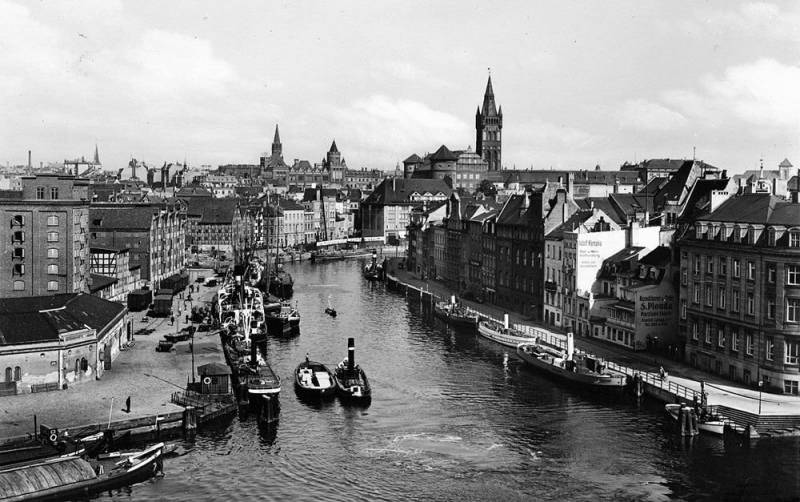The dilemma of East Prussia: why its accession was a strategic task for the leadership of the USSR

For the first time, the issue of dividing East Prussia was raised by I.V. Stalin in 1943 at the Tehran Conference. Then they returned to him at the Yalta Conference in February 1945.
Finally, in July 1945 in Potsdam, the Big Three agreed to transfer Koenigsberg to the USSR, but temporarily. The issue was finally to be decided at the final peace conference, which never took place due to the beginning of the Cold War.
By and large, after the liberation of East Prussia by the Soviet troops, during which about 130 thousand soldiers and officers of the Red Army gave their lives, the issue of the transfer of Koenigsberg and the territories of the current Kaliningrad region should not have caused any contradictions from the parties.
Meanwhile, the United States and Great Britain in Potsdam agreed to some temporary status, once again postponing the final decision until the next, final, conference.
So why did East Prussia become a stumbling block for the USSR, Great Britain and the USA, and also how did the Kaliningrad region become part of modern Russia?
Let's start with the fact that for I.V. Stalin, the decision on the annexation of East Prussia was of a strategic nature. It was these territories that became the springboard for the offensive of German troops to the East, both in the First and Second World Wars. In addition, an ice-free port was located in Koenigsberg, which would give the USSR a year-round access to the Baltic Sea.
However, it was precisely for these reasons that Churchill and Truman delayed the issue of the territorial affiliation of the lands of East Prussia until the last moment after the end of the war. For Britain, the strengthening of the Soviet fleet on the Baltic Sea. And in general, the “allies” of the USSR were well aware that after the end of World War II, the clash of the Soviet Union with the West was only a matter of time. Therefore, the issue of the "Prussian foothold" remained relevant.
Be that as it may, I.V. Stalin managed to achieve his goal at a conference in Potsdam. Despite the temporary status (without specifying the terms), the legal belonging of the territories of East Prussia to the Soviet Union did not cause any doubts.
Now the Soviet leadership had to solve an internal question: to which republic the new territories would be attached. The most logical was to attach them to the Lithuanian SSR, with which these lands bordered. However, the regional leadership refused such an offer.
At the same time, the leadership of the Byelorussian SSR wanted to get access to the Baltic Sea. In general, new regions could be annexed to the republic if the latter had common borders with them. They tried to solve the issue by a territorial exchange with the Lithuanian SSR, but in Vilnius they also refused this option.
As a result, Koenigsberg, which was renamed Kaliningrad in 1946, as well as other territories of East Prussia transferred to the Soviet Union following the Potsdam Conference, became part of the RSFSR. That is why, after the collapse of the USSR, the Kaliningrad region became part of modern Russia.
Information